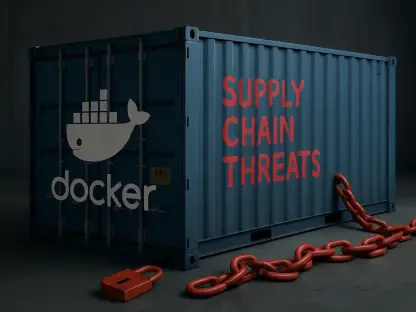In today’s rapidly evolving digital landscape, data breaches pose a significant threat to organizations of all sizes. To mitigate these risks, Data Loss Prevention (DLP) tools have become an indispensable asset for securing sensitive data. As we navigate through 2024, it’s essential to understand the pivotal role these tools play in fortifying our defenses against data leaks and unauthorized access.
1. Comprehend Your Data Assets
Before implementing a DLP solution, it’s paramount to have a comprehensive understanding of your organization’s data landscape. This involves identifying the types of information that your system handles, the various storage locations, the ways data is transferred within and outside the organization, and the level of sensitivity attached to different datasets. Having this insight provides a clear perspective on the scope and scale of the DLP solution needed to safeguard your critical data assets.
2. Outline Data Protection Objectives
Protection goals form the foundation of your DLP strategy. Whether the aim is to safeguard intellectual property, comply with industry regulations such as GDPR and HIPAA, or prevent potential data breaches, having clear objectives will guide your choice of DLP tools. These goals serve as benchmarks for the effectiveness of your data security measures and help in prioritizing the capabilities you require from a DLP solution.
3. Evaluate Critical Features
Features are the backbone of any DLP tool, and selecting the appropriate features is vital for achieving your data protection objectives. Essential capabilities to look for include advanced data discovery, real-time monitoring of data, triggered incident response for policy violations, seamless integration with existing infrastructure, and user-friendly policy enforcement. Bearing these features in mind will streamline the process of selecting a tool that aligns with your organization’s specific needs.
4. Review Deployment Alternatives
Deployment methods are diverse, with each offering unique advantages. On-premises solutions provide full control over the data environment but come with their own set of maintenance and upfront costs. Cloud-based solutions offer scalability and lower initial expenses, while hybrid models leverage both on-premises and cloud benefits, suitable for companies in transition to cloud services. Assessing the merits and trade-offs of each deployment option is crucial for making an informed decision that complements your data security strategy.
5. Examine Compliance Mandates
Compliance is a non-negotiable aspect of data protection. Any DLP tool chosen must facilitate adherence to relevant regulatory requirements, ensuring that your organization remains compliant with obligatory standards. This not only safeguards against legal repercussions but also builds trust with customers and stakeholders about the security and privacy of their data.
6. Assess Vendor Credentials and Assistance
Researching potential vendors’ reputations, including their market stability, customer support, and security effectiveness, is indispensable. A vendor’s track record can significantly impact your DLP solution’s success, from the implementation phase through to its maintenance. Thus, choosing a provider with reliable support services is essential for establishing a resilient data security infrastructure.
7. Conduct Evaluations and Testing
Testing prospective DLP tools in your native environment provides valuable insights into their performance and compatibility with your systems. Through pilot tests, you can gauge how seamlessly a tool integrates, meets expectations, and supports existing workflows. This step is pivotal for ensuring that the selected DLP solution will function effectively within your organizational framework.
8. Consider Total Ownership Costs
Analyzing the total ownership costs, including all fees associated with licensing, implementation, training, and maintenance, is a critical step. Opt for a DLP tool that offers the best value for your investment, ensuring that the solution is cost-effective and yields a favorable return on investment over time.
9. Gather User Reviews and Feedback
Finally, consider user reviews and feedback, especially from those within your industry. This can provide candid insights about the DLP tools’ real-world application, helping to highlight any potential issues or benefits that may have been overlooked. These reviews are invaluable for building a comprehensive view of each tool’s capabilities and effectiveness.By following these structured steps, organizations can carefully select a DLP tool that ensures robust protection of their digital assets today and evolves to meet the security demands of the future.









